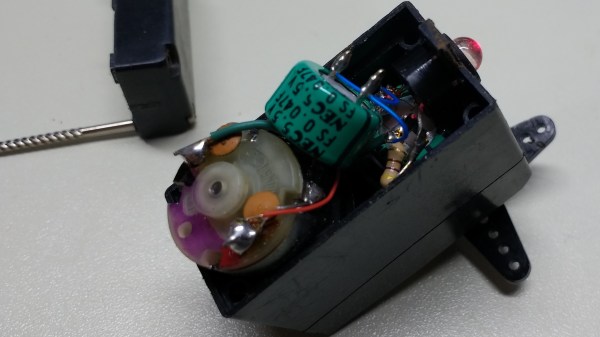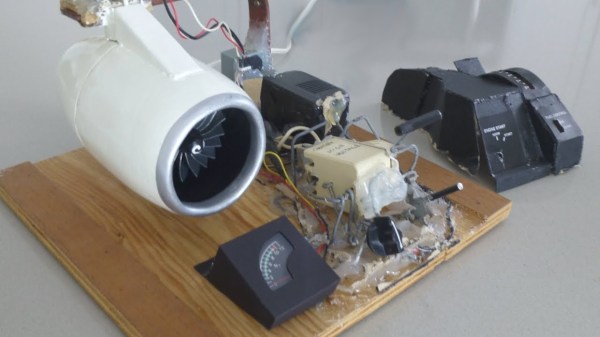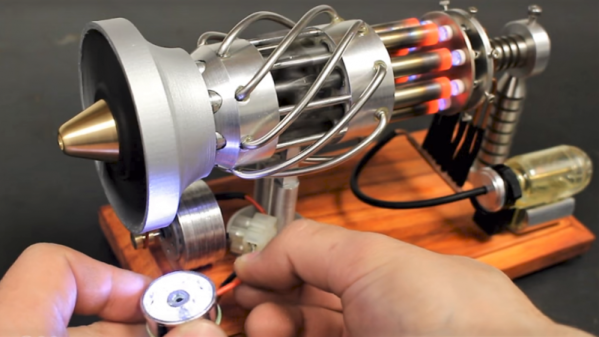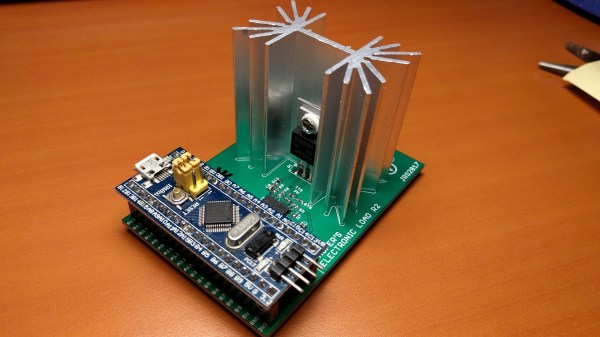We just wrapped up the Power Harvesting challenge in the Hackaday Prize, and with that comes some solutions to getting power in some very remote places. [Vijay]’s project is one of the best, because his project is getting power in Antarctica. This is a difficult environment: you don’t have the sun for a significant part of the year, it’s cold, and you need to actually get your equipment down to the continent. [Vijay]’s solution was to use one of Antarctica’s greatest resources — wind — in an ingenious flat pack wind turbine.
There are a few problems to harvesting wind power in a barren environment. The first idea was to take a standard, off-the-shelf motor and attach some blades, but [Vijay] found there was too much detent torque, and the motor would be too big anyway.
The solution to this problem was to wind his own motor that didn’t have the problems of off-the-shelf brushless motors. The design that [Vijay] settled on is a dual axial flux generator, or a motor with a fixed stator with magnets and two rotors loaded up with copper windings. Think of it as a flattened, inverted version of the motor on your drone.
One interesting aspect of this design is that it takes up significantly less space than a traditional motor, while still being able to output about 100 Watts with the wind blowing. Add in some gearing to get the speed of the rotor right, and you have a simple wind generator that can be set up in minutes and carried anywhere. It’s a great project, and we’re glad to see this make it into the finals of The Hackaday Prize.






 [JohnnyQ90] is, of course, no stranger to the nitro engine, having previously brought us the
[JohnnyQ90] is, of course, no stranger to the nitro engine, having previously brought us the 














